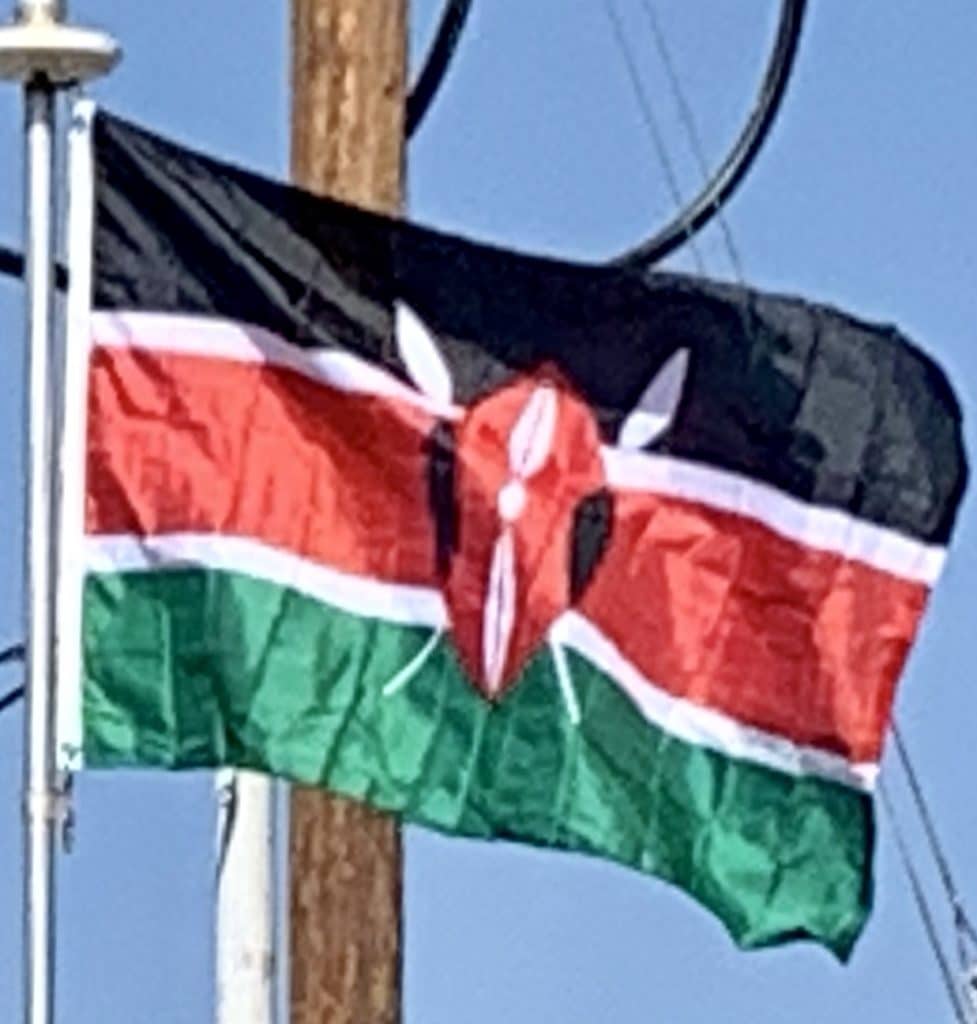In 1996, KANU revised the constitution to allow Moi to remain president for another term. Subsequently, Moi stood for re-election and won a 5th term in 1997. His win was strongly criticized by his major opponents, Kibaki and Odinga, as being fraudulent.
Moi’s plan to be replaced by Uhuru Kenyatta failed, and Mwai Kibaki, running for the opposition coalition “National Rainbow Coalition” (NARC), was elected president.
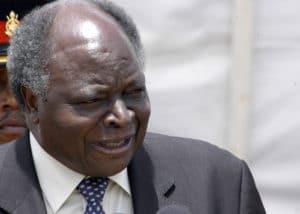
Kibaki was re-elected in highly contested elections marred by political and ethnic violence. The main opposition leader, Raila Odinga, claimed that the election results were rigged and that he was the rightfully elected president. In the ensuing violence, 1,500 people were killed and another 600,000 were internally displaced, making it the worst post-election violence in Kenya. To stop the death and displacement of people, Kibaki and Odinga agreed to work together, with the latter taking the position of a prime minister. This made Odinga the second prime minister of Kenya.
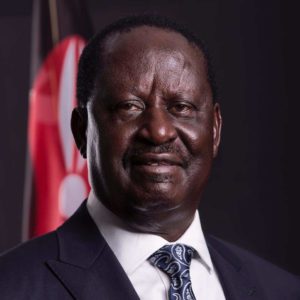
In July 2010, Kenya partnered with other East African countries to form the new East African Common Market within the East African Community. In August 2010, Kenyans held a referendum and passed a new constitution, which limited presidential powers and devolved the central government.
In 2013, Kenya held its first general elections after the new constitution had been passed. Uhuru Kenyatta won in a disputed election result, leading to a petition by the opposition leader, Raila Odinga. The supreme court upheld the election results and President Kenyatta began his term.
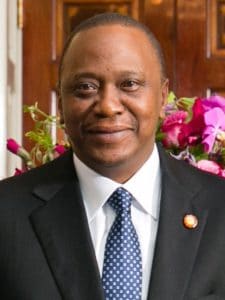
In 2017, Uhuru Kenyatta won a second term in office in another disputed election. Following the defeat, Raila Odinga again petitioned the results in the Supreme Court, accusing the electoral commission of mismanagement of the elections and Uhuru Kenyatta and his party of rigging. The Supreme Court overturned the election results in what became a landmark ruling in Africa and one of the very few in the world in which the results of a presidential elections were annulled. This ruling solidified the position of the Supreme Court as an independent body. Consequently, Kenya had a second round of elections for the presidential position, in which Uhuru emerged the winner after Raila refused to participate, citing irregularities.
Geography:
At 580,367 km2 (224,081 sq mi), Kenya is the world’s forty-seventh largest country. From the coast on the Indian Ocean, the low plains rise to central highlands. The highlands are bisected by the Great Rift Valley, with a fertile plateau lying to the east.
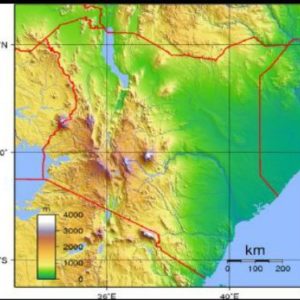
The Kenyan Highlands are one of the most successful agricultural production regions in Africa. The highlands are the site of the highest point in Kenya and the second highest peak on the continent: Mount Kenya, which reaches a height of 5,199 m (17,057 ft) and is the site of glaciers. Mount Kilimanjaro (5,895 m or 19,341 ft) can be seen from Kenya to the south of the Tanzanian border.
Economy:
Kenya’s macroeconomic outlook has steadily posted robust growth over the past few decades, mostly from road and rail infrastructure projects. However, much of this growth has come from cash flows diverted from ordinary Kenyan pockets at the microeconomic level through targeted monetary and fiscal measures coupled with poor management, corruption, massive theft of public funds, overlegislation, and an ineffective judiciary, resulting in diminished incomes in ordinary households and small businesses, unemployment, underemployment, and general discontent across multiple sectors.
